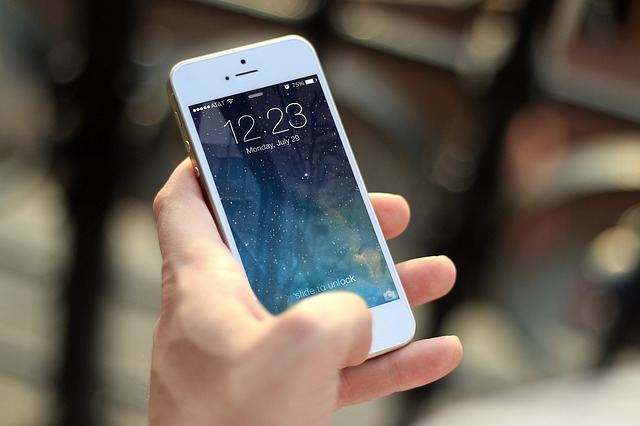Cell phones may have been a rare luxury only 20 years ago, but in today’s hyper-connected world, carrying a cell phone or smartphone is ubiquitous, and giving it up while traveling can be a real struggle. A smartphone filled with apps designed to ease translation, navigation, and planning can be an essential asset on a trip. However, between differing cellular network standards and the often-punishing international rates charged by domestic carriers, it can be difficult to stay connected abroad. This may only be an obnoxious inconvenience for vacationers, but business travelers often can’t afford to be disconnected. Luckily, with a bit of planning, you can stay on the grid while traveling in another country.
First, contact your carrier to find out the options available for international service. While the prices for these services can often be much higher than talking and texting at home, it can be worth it for the convenience of using your own phone. You will want to research the countries you’ll be visiting as well, since many countries operate using different cellular standards. GSM phones will not work in countries with CDMA infrastructure and vice versa, though GSM tends to be available in far more areas. If your phone works in the destination country and utilizes SIM cards, consider having the phone “unlocked,” which will allow you to swap in a local SIM card while abroad. This is often the cheapest solution. If this isn’t an option, you can often rent phones from the major carriers as well as travel-focused organizations. This option will often save money over using an international plan with an American phone.
If traveling with a smartphone, however, remember that Wi-Fi requires no cellular connection. Using Voice over Internet Protocol (VoIP) services, including Skype, can be a very practical and cheap solution to the problem of communicating with friends, family, and colleagues back home. When traveling in developed countries, this will often be the easiest and cheapest way to stay in touch, and you can even use these services to receive a phone number and calling plan. If you plan to rely on Wi-Fi, check your device to ensure that you aren’t using any cellular data. You can do this by turning off automatic e-mail updates or simply disabling the cellular connection while abroad.

